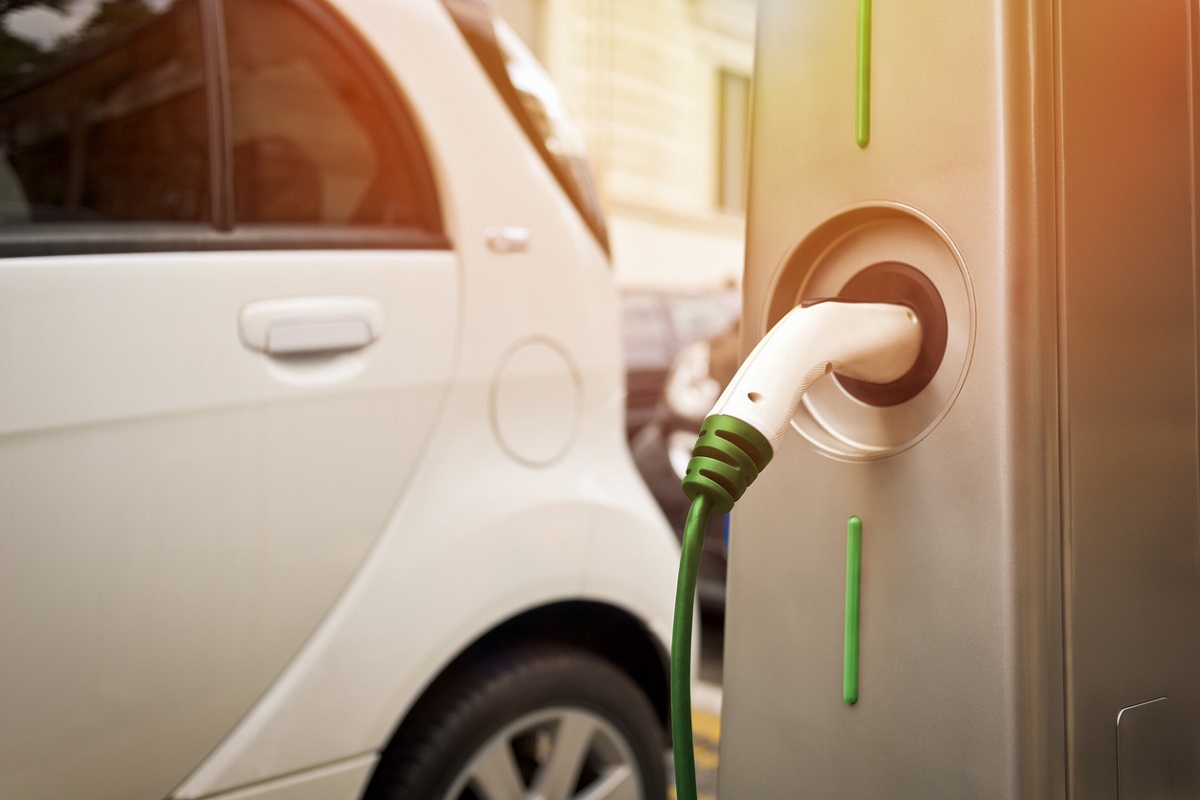Several incidences of electric vehicles, notably electric scooters, catching fire have been reported in recent months.
In one of the terrible occurrences, a father and daughter perished in Tamil Nadu when their electric scooter caught fire and suffocated them inside their home. Aside from that, there have been a number of fires involving Okinawa and Ola Electric scooters. All of these occurrences raise one question: why do EV batteries catch fire?
Advertisement
Since last month, several incidences involving two-wheelers bursting into flames have alarmed India’s electric vehicle (EV) aficionados. Such accidents are a big source of concern for the EV industry’s stakeholders and their customers.
Some have blamed the fires on a combination of rising temperatures in our cities and the EV battery’s weak thermal management technology. However, blaming the weather is incorrect.
Many common assumptions about the causes of EV fires, such as the Indian summers and inadequate thermal management, are untrue.
Instead, we should concentrate on how a lithium-ion (Li-ion) battery is constructed and packed. An EV using lithium-ion (Li-ion) cells must reach a temperature of a few hundred degrees Celsius before experiencing a ‘thermal runaway incident,’ which results in EV fires.
Extremely hot weather and faulty battery thermal management systems can reduce performance and limit battery life, but they do not cause fires.
Several Li-ion battery manufacturers assure that they turn off automatically at 45-55 degrees Celsius. It’s impossible for the ambient heat and the heat generated by batteries to induce a spike of a few hundred degrees Celsius if these safety precautions aren’t built-in into the car.
It’s possible that weather patterns for multiple target geographies were overlooked, the pack assembly method was insufficiently resilient, or limited testing did not reveal flaws in the armor.











